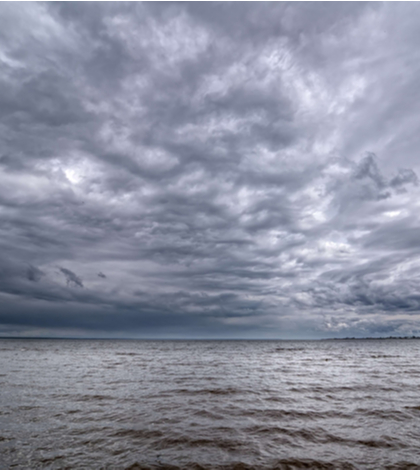The Yuba Water Agency (YWA) and the U.C. San Diego Scripps Institution of Oceanography previously launched of the first of several weather balloons to study atmospheric rivers and develop new tools specific to the Yuba and Feather River watersheds.
Atmospheric rivers, which have been studied for nearly two decades, are flowing areas of water vapor in the upper atmosphere driven by areas of low pressure over an ocean. Researchers recently created a scale, similar to the one used for hurricanes, to categorize the strength and potential impacts of atmospheric rivers.
Designed to improve current forecasting of atmospheric rivers, these weather balloons, called radiosondes measure and collect several data points including temperature, pressure, moisture and wind to help researchers better understand the vertical structure of the atmosphere during these storms.
Researchers are also using radar and dropping airborne sensors from aircraft flying above the storms while they are still out over the Pacific Ocean (similar to “Hurricane Hunters”), to help build a robust data collection.
Atmospheric river storms not only provide half of California’s annual precipitation, but also cause more than 90 percent of flooding in Northern California. This research, which is targeted to the Yuba and Feather River watersheds, will be used to change the way dam operators respond to weather events.
Yuba Water’s aim is to have an updated water control manual from the U.S. Army Corps of Engineers about the same time the agency completes construction of a secondary spillway at New Bullards Bar Dam. That project is estimated to be complete by 2024.
 California Water News Daily Your Source For Water News in California
California Water News Daily Your Source For Water News in California

